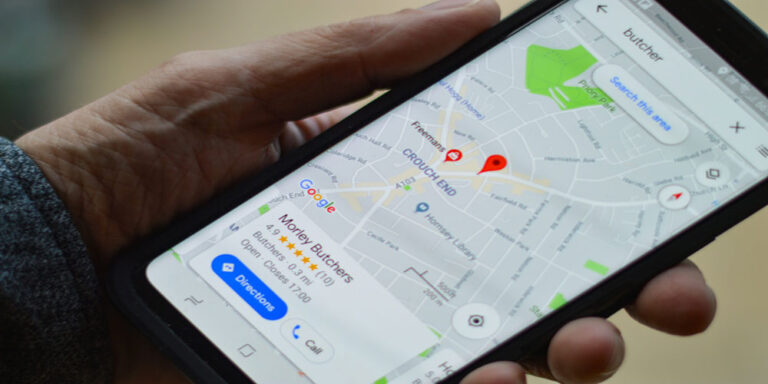
Glossary
Search Engine: A search engine is a database that helps people find information on website’s based on a keyword search. Search engines generally use robots called “spiders” or “crawlers” to scan and catalog website’s.
Anchor Text: The text used to phrase a link. For example: Back to Home – the blue text is the “anchor text”.
Body Text: The text that appears on a website.
Crawler: A crawler is much like a spider except it is programmed to constantly surf the web, following any and all links it comes across. As it visits new website’s, it checks its own database to see if the site is listed. If the site is already listed, it makes note of any changes and calculates a search engine ranking for the site. If the site has not been previously listed, the crawler will record all important information, add the website to the database, and assign a ranking to it.
Database: A database is a repository or storage area for information. In reference to search engines, databases are measured by the number of website’s listed on that particular search engine.
Directory: Directories are very much like search engines except they often use live human editors to review and catalog website’s submitted to their databases. Most directories sort website’s based on topical categories such as Arts & Humanities, or Business & Economics. Yahoo! is the most well known directory.
Frames: A website design technique used to split the screen into two or more sections. Website’s designed using frames are notoriously difficult to promote to search engines without effective website Optimisation work.
FTP: File Transfer Protocol
Host Server: The computer on which a website resides. Generally host servers are associated with Internet Service Provides.
HTML: Hyper Text Mark-up Language is the basic programming code for the web.
Image: An image is a graphic used in a website. Not every image is a picture. Images can include photos, buttons, banners, and other non-text elements.
Keywords: Words used by people looking for information on a search engine. (eg: Tennis Shoe might be used when looking for running shoes.)
Keyword Phrase: A combination of keywords used by people looking for information on a search engine.
Link Popularity: A measure of how many other website’s link to your website.
Meta Tags: Found in the source code (or invisible background) of each web page, meta tags are sets of instructions and/or identifiers for search engine spiders to read which describe the content that is included on your web page. At one time, search engines used this information solely to decide where your web site should be placed within their database. Now search engines use Meta Tags only in part when calculating your web site’s ultimate placement.
No Frames: A meta tag used to provide readable information for search engine spiders when a site is designed using frames.
Optimisation: The process of making your website or web page search engine friendly.
Pay-per-Click: Pay-per-click search tools allow website managers to bid for placement. Bids are most often measured as an amount per click-through, or each time a user visits a website, the bid amount is extracted from the bidder’s account.
Roll-over Image: An image that changes as your mouse moves over it.
Site Map: A set of text links used to direct human visitors or search engine spiders throughout the site.
Source Code: The programming code used to write the website. Source code is often identifiable by the use of the < & > symbols.
Spider: A spider is a tool used by search engines to view and rank website’s submitted to its search engine. Spiders are electronic robots programmed to visit website’s submitted to a search engine.
Submitting to Search Engines: The process of posting website’s to search engines.
Title: The name of the website. The title appears across the very top of your search browser window, (in the area the minimize/maximize buttons are placed.)
User: The person visiting a website or using a piece of technology.
View-Source: “View-Souce” means to look at the source-code of a website. To do so, point your mouse to the View option in the top menu bar. Choose source from the drop down menu. The text that appears is the source code of the website.
Web Page: A single page of information posted on the web, or a single page within a larger site.
Web Site: All the pages contained in a specific URL.




